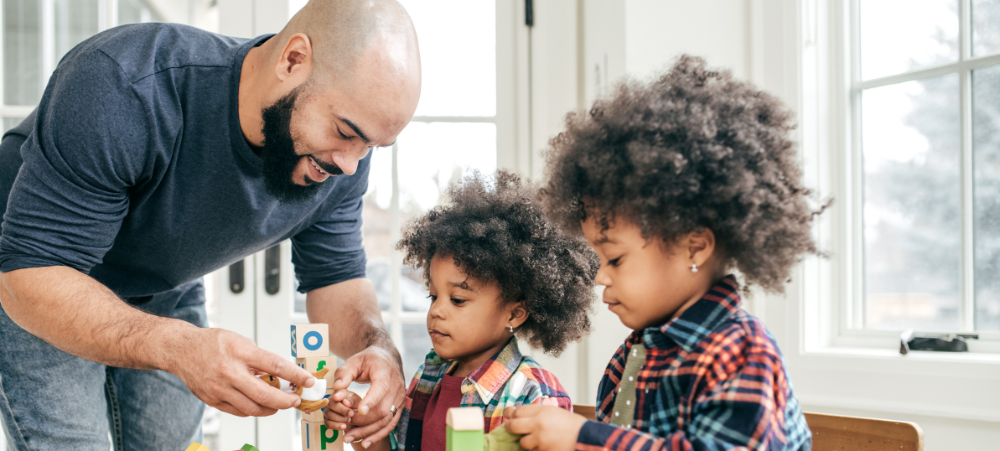Certain toys and games play an integral part in a child’s cognitive development and one of the best ways to nurture a young brain is through play – it challenges thinking and the ability to process information.
The body as an “architect of the brain”
Parenting expert Nikki Bush explains that the body is an “architect of the brain” during childhood and in order to best understand the world around them, children need to be exposed to a range of scenarios to ensure the brain remains stimulated. She says that school, home and the outdoor environments are important; and so are toys and games with educational value, like Lego, and arts and crafts. Engaging in conversation with both adults and children is also a “big advantage” and encourages interaction and open communication.
Different stages; different needs
“Children go through different stages of development that all play a role in their ultimate cognitive development. Different environments, different people and different toys with value help to stimulate the young mind and assists children to interpret new information accurately,” Bush says.
And a young brain learns easily, she explains that during childhood the brain is “extremely plastic and elastic” and with the result, learning is much easier for young children than older people.
“Ever hear the saying that a child’s brain is like a sponge? That’s because it’s 100 percent correct, much learning happens when they’re young as they’re able to absorb information and understand things quite easily,” she says.
Phases of learning:
- Concrete
- Semi-concrete
- Abstract
The concrete learning phase is most important, Bush says no images on screens or in a book can substitute the real thing, “real trumps everything in early learning”.
The Child Development Team at Toy Kingdom South Africa says stocking toys that are good for cognitive development is high on its priority list. The range of Hape products, along with Lego are just few developmental toys on the store’s shelves.
“Children thrive on three-dimensional learning. And the concrete phase allows a child to interact with a real object with their bodies. They are able to feel that an apple is round, see its colour, taste and smell it,” she says.
Bush says children should be able to internalise and experience with their bodies for an ultimate memorable learning experience.
We understand that there are many aspects that encompass a Mother, Father or Child and strive toward providing resources and services that accommodates this.
Our content is aimed to inform and educate families on issues starting from pregnancy through to the challenges of the teen-age years.
- Tiny Toons Looniversity Returns: Meet the Voice Behind Plucky and Hamton! - December 12, 2025
- From Pain to Possibility: Panado®’s New Marketing Campaign, Highlights The Joy Of Pain Relief - December 10, 2025
- Feeding Unicorns by Jeni-Anne Campbell: A bold new book for business leaders who care - December 9, 2025





